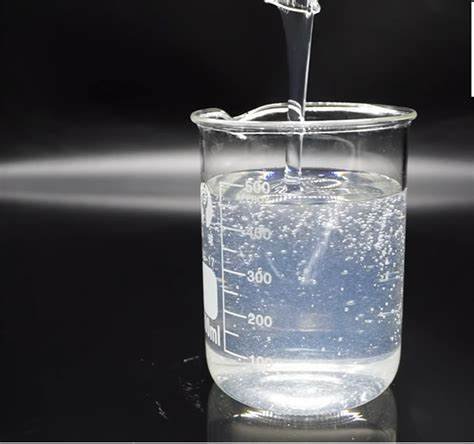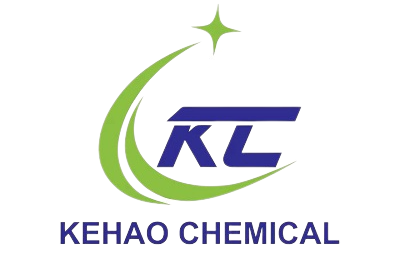When summer heat strikes, tile adhesives often struggle to retain water and perform well. If your mix dries too fast or cracks, you might be using the wrong HPMC grade.
The best HPMC for tile adhesive in summer is one that balances high water retention, delayed setting time, and good workability. Viscosity and particle size play key roles in performance during high temperatures.

best HPMC for tile adhesive in summer
If you’ve been dealing with tile adhesive that sets too fast or becomes powdery in hot weather, you’re not alone. Many of my clients in Southeast Asia and Africa face the same issue every summer. The secret? Choosing a heat-adaptive HPMC grade. Let’s break down how temperature changes affect tile adhesive, and what grades to look for.
How Temperature Affects Tile Adhesive Performance?
In summer, high temperatures can ruin mortar consistency. The tiles won’t stick well. And worse—cracks form after drying. Sounds familiar?
Temperature accelerates water evaporation. Without enough water retention from HPMC, the tile adhesive dries too fast, causing loss of adhesion, reduced open time, and cracks.

temperature effect on tile adhesive
So how does heat actually impact the job site? Let’s look closer.
How Hot Weather Changes Tile Adhesive Behavior
| Effect | Problem on Job Site | Cause |
|---|---|---|
| Faster water loss | Shorter open time, tiles don’t bond well | High evaporation rate |
| Weak final adhesion | Tiles may detach after 1–2 days | Not enough time for proper curing |
| Sagging or flow issues | Hard to apply vertical tiles | Improper balance of thickening and retention |
| Cracking after drying | Poor appearance and low durability | Loss of flexibility due to early water loss |
In hot weather, standard HPMC grades just don’t hold water long enough. When that happens, the adhesive becomes unworkable within minutes, especially outdoors. I once visited a site in Malaysia where installers had to mist tiles with water every 15 minutes—just to keep the adhesive from drying mid-application. That’s not efficient. The solution? A heat-stable HPMC with high water retention and delayed setting time.
For more technical details on temperature effects in tile adhesive, check out this industry guideline on cementitious adhesives.
Choosing the Right Viscosity for Hot Weather?
Are all HPMC grades equal in the heat? Not at all. Viscosity matters—especially in summer.
For hot weather, you need HPMC with medium to high viscosity (50,000–100,000 cps). It helps retain water, improves workability, and gives longer open time even under direct sun.

HPMC viscosity for summer
Let me explain why viscosity is a big deal.
Why Viscosity Makes or Breaks Summer Performance
HPMC viscosity reflects its ability to hold water and thicken mixtures. In tile adhesive, this means more consistent texture and extended working time. But if viscosity is too low, the adhesive becomes thin and dries too fast.
Here’s a quick comparison:
| Viscosity Range (2% solution at 20°C) | Application Result in Summer | My Recommendation |
|---|---|---|
| 20,000–40,000 cps | Too thin, quick-drying, poor adhesion | ❌ Avoid |
| 50,000–75,000 cps | Balanced setting time and water retention | ✅ Best choice |
| 100,000–120,000 cps | Slower setting, thick texture, longer open time | ✅ Use for dry/hot conditions |
When my clients in Nigeria use a 75,000 cps grade, they report better tile alignment and fewer callbacks. High viscosity gives the tile layer time to work with precision—even under the sun. But keep in mind, higher viscosity means slightly harder mixing. So you’ll need to use a strong mixer for big batches.
For further reading on viscosity influence, this research article on cellulose ethers offers useful insights.
Recommended HPMC Grades for Summer Projects?
Wondering which HPMC grade is ideal for summer tile adhesives? I’ve tested many in real projects.
Choose HPMC grades specifically modified for summer, such as KEHAO KH50000S or KH60000N. These grades have higher gel temperature, better water retention, and anti-sag performance.
Let’s break down what makes a summer-grade HPMC better.
Key Features of Summer-Grade HPMC
| Property | Why It Matters in Summer | KEHAO Grade Example |
|---|---|---|
| High gel temperature | Prevents early thickening under heat | KH50000S |
| High water retention | Slows evaporation, reduces cracks | KH60000N |
| Medium-high viscosity | Good sag resistance and longer open time | Both |
| Fine particle size | Dissolves faster in mixing | All modified grades |
| Consistent pH (6–8) | Ensures mix compatibility | All |
We developed these grades after seeing how standard grades fail in +35°C conditions. One customer in Thailand used KH60000N for an outdoor mall project. Despite 37°C ambient temperature, the adhesive stayed workable for 25 minutes—long enough to finish each section smoothly.
Another tip? Always pre-wet porous tiles or substrates before applying. This helps reduce extra water loss and boosts bonding.
For technical specifications and certificates of our HPMC grades, visit the KEHAO product page: https://www.khcel.com/hpmc.
Conclusion
In summer, tile adhesives need support from the right HPMC. Choose heat-resistant grades with higher viscosity and better water retention to keep your projects on track.



